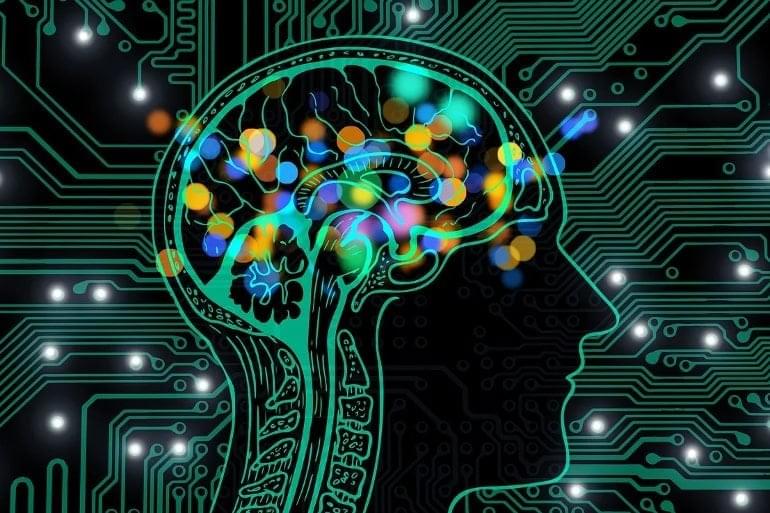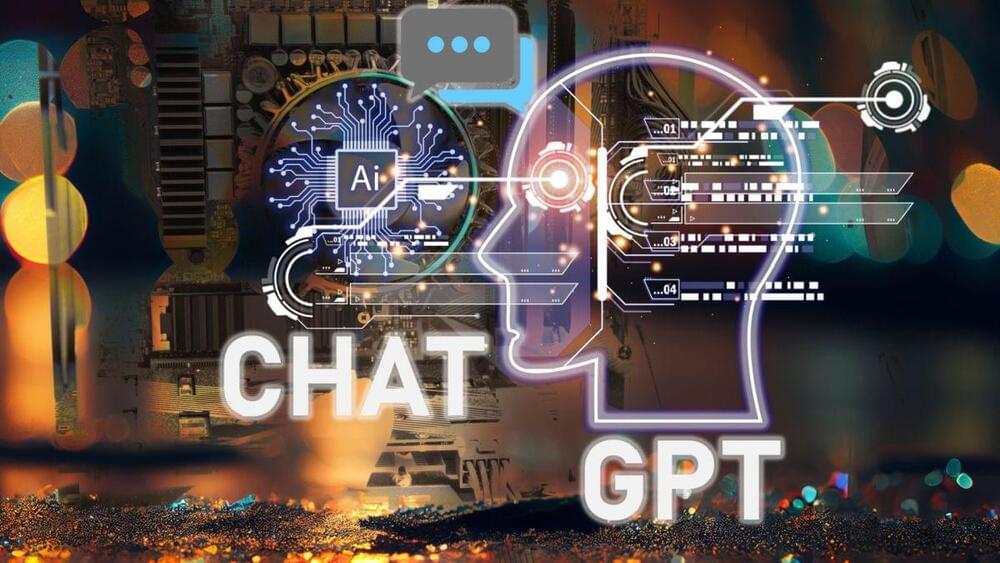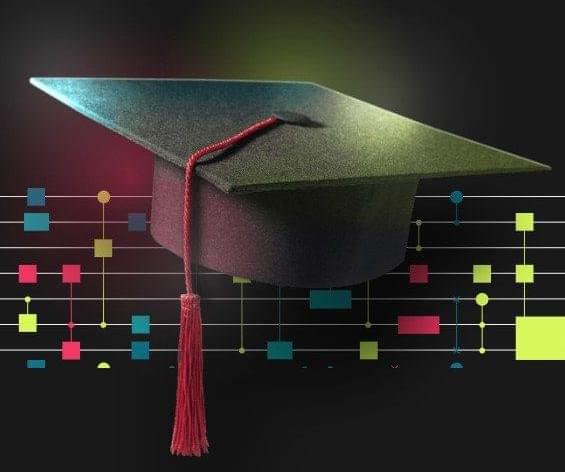Summary: Examining the cognitive abilities of the AI language model, GPT-3, researchers found the algorithm can keep up and compete with humans in some areas but falls behind in others due to a lack of real-world experience and interactions.
Source: Max Planck Institute.
Researchers at the Max Planck Institute for Biological Cybernetics in Tübingen have examined the general intelligence of the language model GPT-3, a powerful AI tool.




